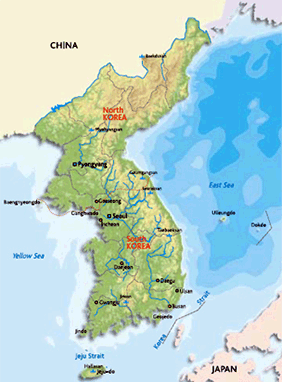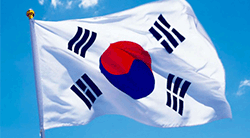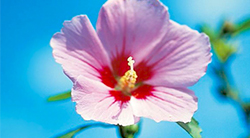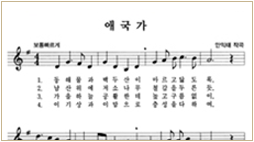
The Republic of Korea is a small country on the far eastern edge of Asia. Although it ranks 109th in the world in terms of land area, the country is a center of economic activity, culture, and arts. Korea was colonized by Japan in the early 20th century and later had to endure the Korean War (1950-53), but it has achieved amazing economic growth in a short period, dubbed "the Miracle on the Han River."
Today, Korea is an industrial nation standing tall on the world stage. Its semiconductor, automobile, shipbuilding, steel making, and IT industries are on the leading edge in global markets. It hosted the 1988 Seoul Olympics and the 2002 FIFA World Cup Korea/Japan. More recently, Korean dramas, movies, and music are attracting many audiences in Asian countries and beyond, creating what is being called the "Korean Wave." Korea's new standing in the international community was highlighted in 2010 with the nation becoming the first Asian country to chair the G20 and host the G20 Seoul Summit.






51.41 million (2015)
*Foreign Residents: 0.98 million (2013)
Seoul 9.6 million (2015)
Busan 3.4 million (2015)
Daegu 2.4 million (2015)
Incheon 2.6 million (2015)
Daejeon 1.5 million (2015)
Ulsan 1.1 million (2015)
Gwangju 1.5 million (2015)
40.8 years (2015)
27.2 million (2015)
0.4 % (2015)
Male 78.5 years (2015) / Female 85.0 years (2015)
A 2005 census showed one half of the
population practice religion. Among them,
10,726,463 Buddhists, 8,616,438 Protest-
ants, and 5,146,147 Catholics comprise
the three dominant religions.
*No updates since 2007

Republic with a president elected to a
single 5-year term by direct popular vote.
Division of power among the executive,
legislature (unicameral National Assembly),
and judiciary brances
Park Geun-Hye since 2013
Universal at 19 years of age
Presidential: every 5 years
National Assembly: every 4 years
Local Government: every 4 years

1.298 billion USD (2015)
26,857 USD (2015)
GDP Growth Rate: 0.8 % (2015)
Foreign Exchange Reserves: 371.5 billion USD (2015)
42.4 billion USD (2015)
36.1 billion USD (2015)
Semiconductors, automobiles, ships, cons-
umer electronics, mobile telecommunications,
equipment, steel, and chemicals.

The Republic of Korea lies between 38°N and 33°N latitude and 126°E to 132°E longitude. The country has a continental climate of very cold, dry winters and very hot, humid summers. Winters are influenced by westerly winds from Siberia and the Mongolian plateau, while summers are generally characterized by an oceanic climate due to moist, warm winds from the Pacific Ocean. Korea has four distinct seasons, though spring and autumn tend to be short. Spring comes in early April and lasts throughout May. The hot and humid summer begins in June and lasts about four months. The summer rainy season lasts from the end of June to mid July. Summer ends in late September, giving way to crisp, clear autumn days that last until the end of October. It becomes colder in November, and a very cold, bleak winter sets in during December and lasts until the end of February.
Image Source
http://www.korea.net/AboutKorea/Korea-at-a-Glance/Facts-about-Korea
Contents Source
http://www.korea.net/AboutKorea/Korea-at-a-Glance/Facts-about-Korea